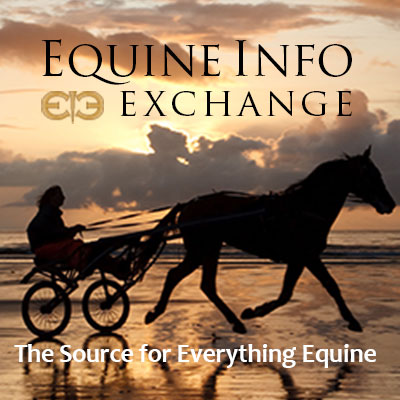Horse Racing
“And they’re off!” Horse racing of all types is found in our racing section, including Thoroughbred, Quarter Horse, Harness, Steeplechase and Arabian racing.
Want to get lucky? Take a look at the Wagering to help guide you. Keep track of upcoming horse races and racing events in our Calendar of Events for Horse Racing.
Want to live the dream of owning a racehorse? Check out the Breeding, Partnerships, Sales & Bloodstocks sections where you can help yourself be a force in the Sport of Kings.
Need a place to train your baby and help develop his successful career? You will find both training facilities and professional racehorse trainers in our Training section. See you in the winners’ circle!
Popular Racing Sites
Horse Racing - General Information
The busiest time of year is nearly upon us for fans of horse racing in the United States. With each of America’s three biggest racing events (The Kentucky Derby, Maryland’s own Preakness Stakes and Belmont Stakes) loaded into five action-packed weeks across May and early June, racing fans have plenty to tide them over during late spring and the American Triple Crown season.
It’s early yet, with a little more than a month to go before the Kentucky Derby kicks off the action at Churchill Downs on May 6, but betting odds are already starting to filter out for the big event. Thoroughbred trainer Todd Pletcher’s Forte is listed as the early favorite to win the Kentucky Derby this season, given odds as high as 3-to-1 at sportsbooks in Maryland.
Pletcher has had 62 horses enter the Derby in his more than 30 years as a trainer, but only two have actually managed to win the event: despite more than 5,000 career wins, the pinnacle of the sport has remained relatively elusive for him. Stay tuned to see if he can buck that trend with Forte, or if the horse’s popularity isn’t deserved.
When it comes to racing, of course, the actual action is only part of the fun, especially in a sport where races last a couple of minutes, maximum. One reason that horse racing has maintained its popular position in the United States is the way the sport is intertwined with betting: bookies are as intrinsic to the Kentucky Derby as Mint Juleps are.
Be sure to use a Maryland Sports Betting promo code at any number of betting apps if you want to wager on horse racing or any other sport this season.
Odds can vary dramatically from sportsbook to sportsbook (as can promotions and bonuses), so make sure to shop around if you think you’ve got a winner to ensure you lock in the best possible odds.
While it’s always been a staple to some degree, horse racing in the United States has lagged behind the rampant popularity it holds in places like the United Kingdom and Australia, but we could be staring down a pole shift in that regard: instead of only the most famous of the Grade 1 Stakes entering the public consciousness, we could see more of the main circuit (and some of the Grade 2 and Grade 3 races pick up popularity in the coming years, and an added focus on popular races elsewhere in the world like the Royal Ascot.
One of the stars of the 2022/23 National Hunt season has been Constitution Hill. The unbeaten hurdler won all three of his assignments in the campaign, with the pick of his victories coming at the 2023 Cheltenham Festival in the Champion Hurdle.
His trainer Nicky Henderson has revealed that he has been schooling over fences recently, which opens the door for a switch to chasing next season. A decision is unlikely to be made until the summer, however, if he impresses over bigger obstacles, he may return in the 2023/24 campaign as a novice chaser.
Arkle And Gold Cup on The Table
Simply sensational - Constitution Hill on his way to Champion Hurdle glory pic.twitter.com/FiC6WUjNgb
— PA Racing (@PAracing) March 14, 2023
The six-year-old is already being compared with some of the best jump horses of all time. For him to match some of their achievements, he will need to have success in more Cheltenham Festival races.
Read more: Constitution Hill Team Considering Fences Next Season
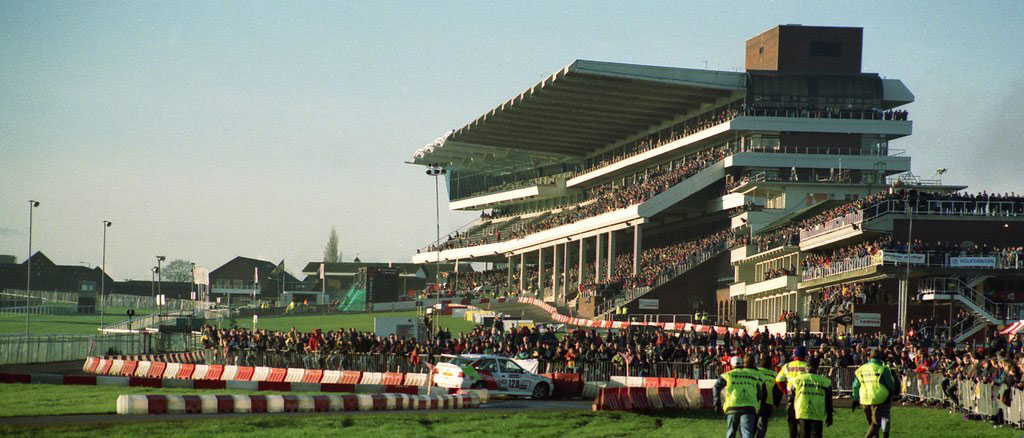
Fairytale endings in professional sports are rare. That’s not to say they don’t happen, but the narrative at the end of a final appearance of a long career when there is something to play for ends up typically focusing on what a special ending it could have been instead of one that actually took place.
Perhaps they don’t happen as often as we sporting romantics would like them to because of the intense pressure to deliver one final heart-stopping performance.
Sometimes, it’s simply too much of an ask and fans will have to make do with enjoying the memories of yesterday instead of celebrating the fact that spinetingling history has been made.
The reality is that for all of professional sports' inspiring attributes, they have as many that leave us feeling a sense of profound disappointment when things don’t go to plan - without the lows, there can never be highs.
However, every now and then, the world has to hold its breath and fight back tears when the stars align and a fairytale ending does unfold in front of our disbelieving eyes. On the 14th of March 2023, that happened at the Cheltenham Festival when Honeysuckle lined up for the Close Brothers Mares' Hurdle which would be the 19th and last race of this horse's decorated career.
Read more: Honeysuckle’s Final Win Will Go Down in Cheltenham Folklore
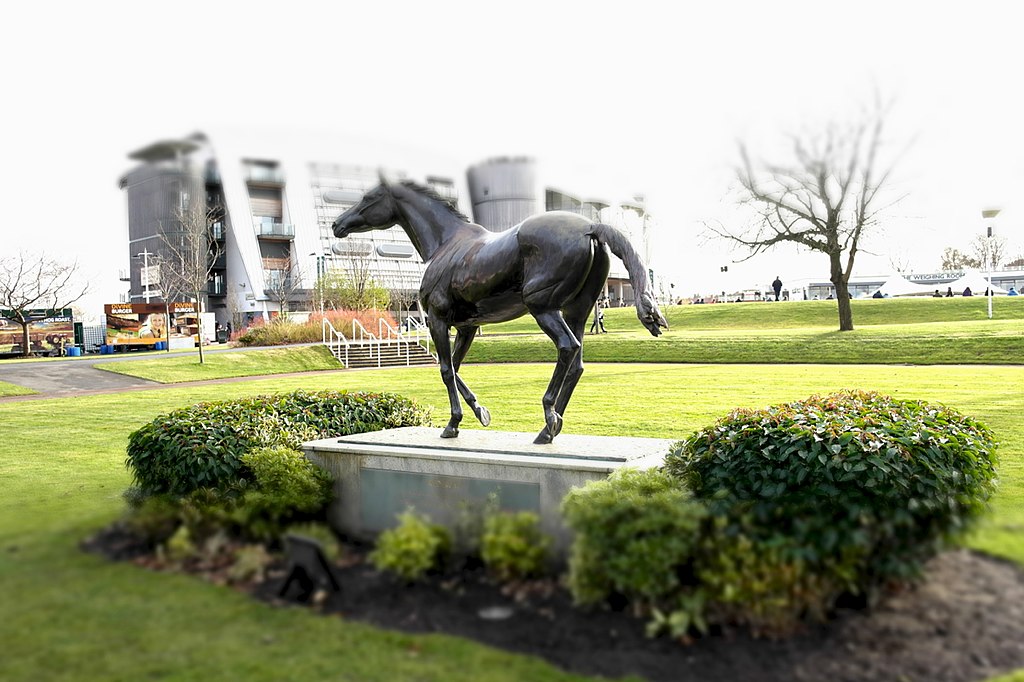
85 horses have been entered for the 2023 Grand National at Aintree, the most famous steeplechase in the world. They include last year’s winner Noble Yeats and 2022 runner-up Any Second Now.
Under the hands of amateur rider Sam Waley-Cohen, on what was his final ride in the saddle, Noble Yeats prevailed by just over two lengths in 2022. He is likely to have much more than 10st 10lb on his back this time when the official handicapper announces the weights for the field.
The Grand National winner is BACK!
— At The Races (@AtTheRaces) December 3, 2022
Noble Yeats flies home late to win the Many Clouds Chase at Aintree... pic.twitter.com/XLH5WAJXmk
Since he prevailed at Aintree last April, Noble Yeats has been successful twice on the track. He won a Listed race at Wexford, while more recently, he scored in a Grade Two contest back at the Merseyside racecourse.
Read more: Noble Yeats Among 85 Horses with Grand National Entries
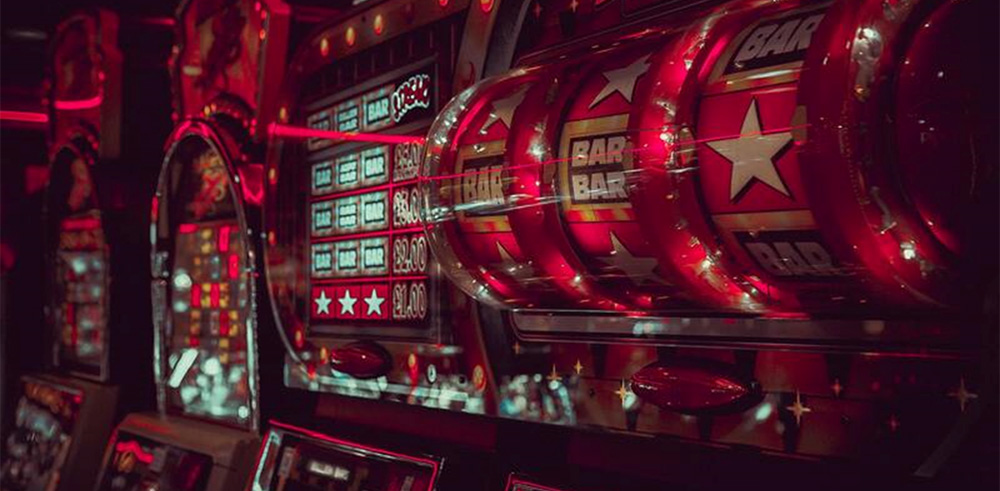
Though most of us would love to spend all day with our horses, it is not always plausible. A time comes when you must travel or go home for the night. It is in these moments you need a different form of entertainment, though you don’t always need to forgo horses altogether. One unique and interesting way to stay entertained is with online slots, which combine classic casino games with your favorite sports and animals. Below, we give three essential equine-themed slot games you must try.
Frankie Dettori’s Magic Seven
Before you start on your slot journey, it pays to take a look at the many casinos that offer these titles. There are many available to people who sign up, so look around for the ones that have free spins on the games you want to play. This link can give you a refresher on no deposit free spins bonuses, which means you get to play for free without even using much of your bankroll. This can be helpful if you want to try games without using a lot of your funds, and it will also trawl several online casinos for you to see which have the best offers.
Once you have done this, Frankie Dettori’s Magic Seven is a great place to start. An Italian jockey who earned his fame racing in Britain, Dettori is one of the most successful and well-loved faces in the sport. His joyful cheery personality lends itself well to his game, which can spring surprises out of nowhere. Just when you think you are at the back of the field, its seemingly ordinary five reels can rip into action and give you a maximum cash jackpot of $40,000 on its 25 pay lines.
Read more: Three Essential Equine-Themed Slot Games While Away from the Stables
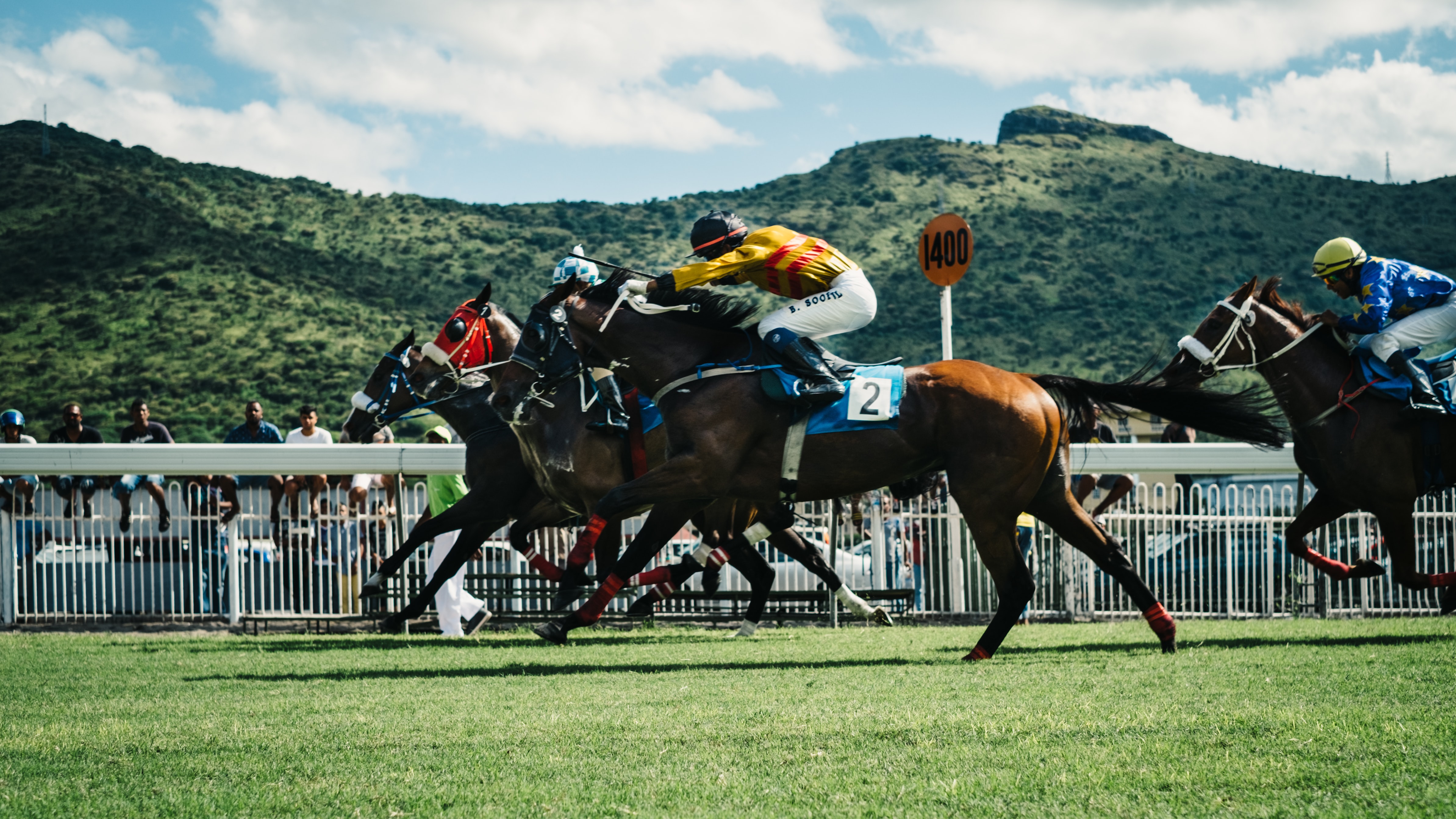
Slingo is a unique blend of bingo and slots, it now has a dedicated racing version. Below, we give our essential guide to Slingo Racing.
What is Slingo?
Slingo is a hybrid of two games. Merging online slots with bingo, with elements of both slots and bingo and has grown into an alternative to mainstream games. This base game has since been adapted to incorporate different elements, ranging from versions themed with well-known game shows to sporting varieties, including horse racing.
.jpg)
The Basic Rules of Slingo
The Slingo board can seem daunting to those who have not played before. The easiest way to think of it is as a bingo card with a slot game below. You have 20 turns to spin the slots. Whatever numbers appear on the slots below the bingo card can then be marked off the card above.
The aim is to accumulate as many points as possible, with the winning player being the one who has the highest score. However, many Slingo games can be played individually, with prizes awarded depending on how many points are accumulated. These points are given as you take off certain numbers or patterns from the card.
The spinning numbers also yield several special symbols to make it more interesting, such as jokers, devils, and coins.
What Makes Slingo Racing Different?
Slingo Racing incorporates extra elements into its game, in a bid to simulate an exciting horse race. It is a much faster version, as you only have ten spins on the reel. Each of these will yield red, green, blue, or blank tiles.
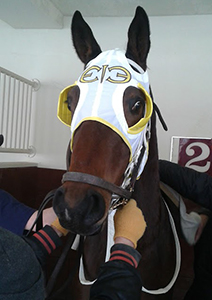
With a name like ‘BetAnySports’, you can imagine they have no shortage of sports betting lines on the menu. Of course, that includes the Sports of Kings: horse racing. BetAnySports.eu is one of the best spots to bet on the ponies online, so if you haven’t tried it out, read on to find out why we recommend it.
BetAnySports Racebook+ Gives You An Extra 10%
One of our favorite features betting horses at BAS is Racebook+. It’s quite simple as you get a 10% profit boost on all horse racing winnings at BetAnySports. To be clear, it’s not just a one-time thing; this is ongoing, all of the time. This applies to any outright winners, exotic tickets and much more across any major track. Whether you’re betting a random race at Gulfstream Park or the Kentucky Derby at Churchill Downs, you’ll always get that 10% boost whenever you win.
BetAnySports Cashback Racebook
One of the reasons why BAS is so popular in the sports betting community is because they give their players tons of options. On the horse racing side, you could play in the Racebook+, which we just covered, or you could play at the Cashback Racebook. If you’ve got a hunch for picking winners, Racebook+ might be for you but for others, the cashback option is great to have.
How it works is you’ll get up to 6% back on your daily volume at any of the major tracks. The tracks are broken down by grades, but generally speaking, any major track will net you between 3% to 6% back for all of your bets. At that rate, why bet the ponies anywhere else?
BetAnySports Deposit Methods
Funding your account at BAS is a simple and smooth process. After signing up and registering for an account, you can have money in your account in just a couple of minutes.
You can fund your account four different ways at BAS, including Bitcoin, credit cards, electronic checks and money transfers. Credit cards are the most common way to deposit and probably the most accessible for the majority of people. However, Bitcoin is fast and convenient for those well-versed in cryptocurrencies.
BetAnySports Payout Methods
Now that you’ve played a little bit and want to collect your winnings, you’ll have to request a withdrawal at BAS. They have five different ways to receive your money and regardless of the way you choose, the payout is prompt.
You can request a payout with Bitcoin, Money Transfer, Wire Transfer, ACH Transfer or check. Some of these methods come with small fees associated, but we often recommend Bitcoin. Not only is it likely to be the fastest way you get paid out, there are also no fees associated with it. It’s also the method with the lowest threshold ($50) and the highest limit ($10,000)*. Regardless of what method you choose, BAS has great customer service to ensure that your money is safe and secure en route to your account.
If you sign up to BetAnySports through any link on Equine Info Exchange you may claim a 30% Cash Bonus on your initial deposit (instead of the regular 25%)
You can find more interesting articles in our section for Racing & Wagering.
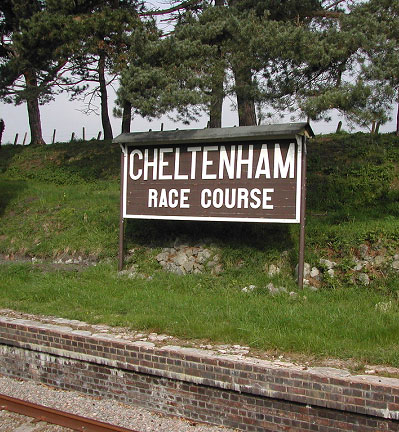
In national hunt racing, the dawn of a new year means but one thing – the Road to Cheltenham. The four-day festival is the climax of the jumps racing season in the UK and Ireland, acting as a kind of finale to all that has preceded it in the months beforehand. Sure, there are other big events like the Aintree Grand National and the Punchestown Festival (IRE), but ask any top trainer or jockey where their thoughts are right now, and they will all tell you the Cheltenham Festival (14th-17th March, 2023).
As with all major racing festivals, the cauldron of action allows new stars to be born. But there will also be many returning heroes wanting to consolidate their status as Cheltenham legends. Below, we want to pick out a mélange of those, looking at five horses who could be making headlines at Cheltenham 2023.
Constitution Hill
At the time of writing, Constitution Hill boasts the shortest odds in the horse racing betting for any race at the Festival. That just happens to be one of the key races – the Champion Hurdle. Odds of just 1/3 in the ante-post markets tell you just how highly-rated this horse is. Trained by Nicky Henderson, Constitution Hill was stunning in the Supreme Novices’ Hurdle in 2022, winning over the brilliant Jonbon by 22 lengths. He was close to perfect in reappearing over the winter months, and he looks to have the world at his feet. The closest thing we have to a sure winner at Cheltenham this year.
Galopin Des Champs
Sometimes in horse racing you just have to stand back and admire greatness. Is Galopin Des Champs there yet? No. But the horse looks like he is something special, very special. He duked it out with Bob Olinger at Cheltenham last year, beating his rival before inexplicably falling at the final fence. While that defeat obviously taints his record, his reputation was enhanced – something akin to a supreme boxing performance falling to a sucker punch. He is favorite for the biggest race at Cheltenham – the Gold Cup – and from what we have seen, he deserves to be there.
Read more: 5 Horses to Keep an Eye On Ahead of the 2023 Cheltenham Festival
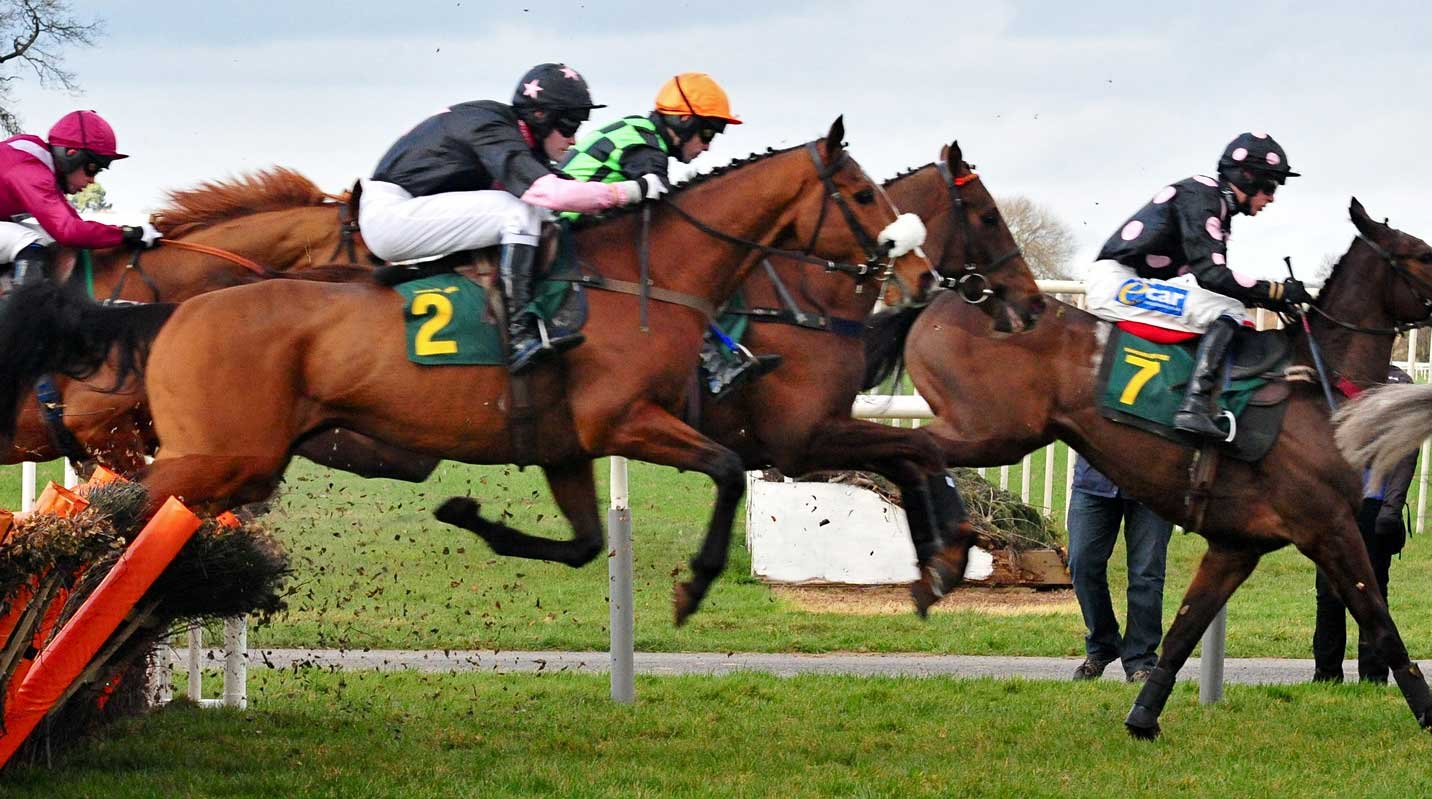
Horse racing has a long and storied history in the United Kingdom, with the first recorded races dating back to the Roman occupation of Britain in the 1st century AD. However, it wasn't until the 18th and 19th centuries that horse racing really took off as a popular and organized sport in the UK.
18th Century
In the 18th century, horse racing became increasingly popular among the aristocracy, and the first organized races were held at Newmarket, a small town in Suffolk that became known as the "home of horse racing." These early races were often informal affairs, with wealthy landowners and noblemen pitting their horses against one another for sport and betting.
19th Century
The 19th century saw the rise of organized horse racing, with the establishment of the Jockey Club in 1750 and the creation of the modern stud book in 1853. The Jockey Club, which is still in existence today, is responsible for setting and enforcing rules and regulations for horse racing in the UK, including the standards for breeding and training racehorses.
The stud book, which is a comprehensive record of all Thoroughbred horses in the UK, is maintained by the Jockey Club and is used to determine the pedigree and eligibility of horses for racing.
During this time, horse racing became a major spectator sport, with large crowds attending races at some of the UK’s best horse racing tracks, like Ascot, Epsom, and Goodwood. These races were not just a chance to see the finest horses and riders in the world, but also a chance for the upper class to showcase their wealth and social status. The Royal Family, in particular, played a major role in the popularity of horse racing, with Queen Victoria and Prince Albert often attending races and even breeding their own racehorses.
Read more: A Brief History of Horse Racing in the United Kingdom
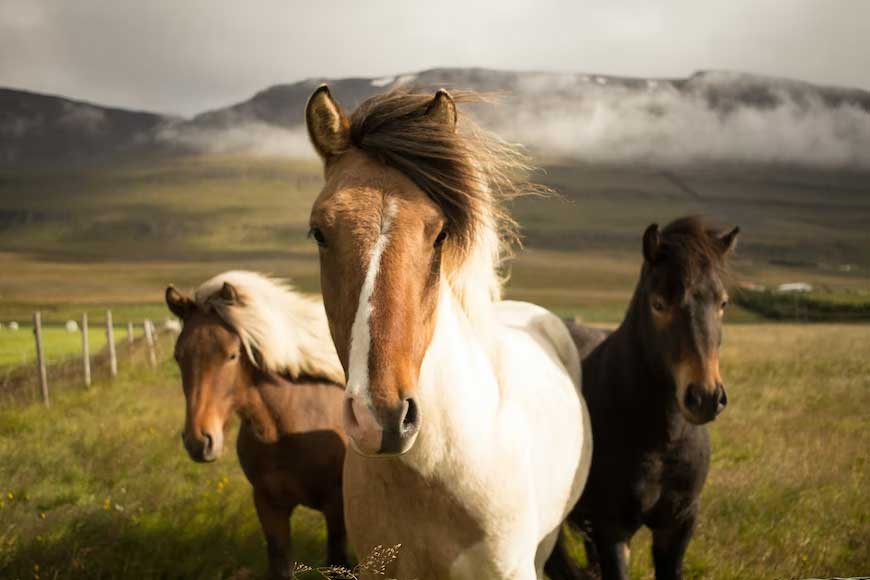
Horses are beautiful creatures we all love to ride, but do you know much about them? Well, some surprising facts about horses will make you think twice about how much you actually know.
Yes, they might be excellent companions and champions at competing in sports events, but they’re also fascinating creatures. Horses are amazing animals, and learning about their unique features is sure to captivate you. This article will provide some interesting facts about horses you may not have known before.
Horses' eyesight
Horses' eyes are on the side of their heads, which gives them an almost 360-degree field of vision. Here are a couple of fascinating facts about horses' eyesight.
They have little vision in front of themselves
You’ve probably heard that a horse has a blind spot directly in front of its nose. This isn’t quite true. Horses have a blind spot, but it’s actually called “monocular vision,” which means they can see only one object at a time with either eye. When a horse looks at something with its left eye, it won't be able to see anything directly in front of it with its right eye at the same time.
This is because horses have binocular vision for objects within about 30 meters or so—anything farther than this distance has to be very large and close up before your horse can identify what it is they're looking at.
It's not surprising that some people think horses don't have any vision directly in front of them—but they do. It's just not as good as our own because they simply don't need such sharp focus when they're grazing on grass all day long.
- Publish Your Gaming Content on Equine Info Exchange
- History & Results of the Famous Preakness Stakes
- Kauto Star and Desert Orchid, Eternal Champions of the Ladbrokes Christmas Festival
- A Quick Guide To Horse Racing Terms
- The Most Important Dates Remaining in The US Horse Racing Calendar 2022
- The Best Racecourses in the World
- Which Horse Breeds Are the Most Popular in the World?
- The History of Horse Racing Tournaments
- Research Preventing Catastrophic Racehorse Injuries
- Arabians: the Original Racehorse, Soaring into 21st Century Hearts








